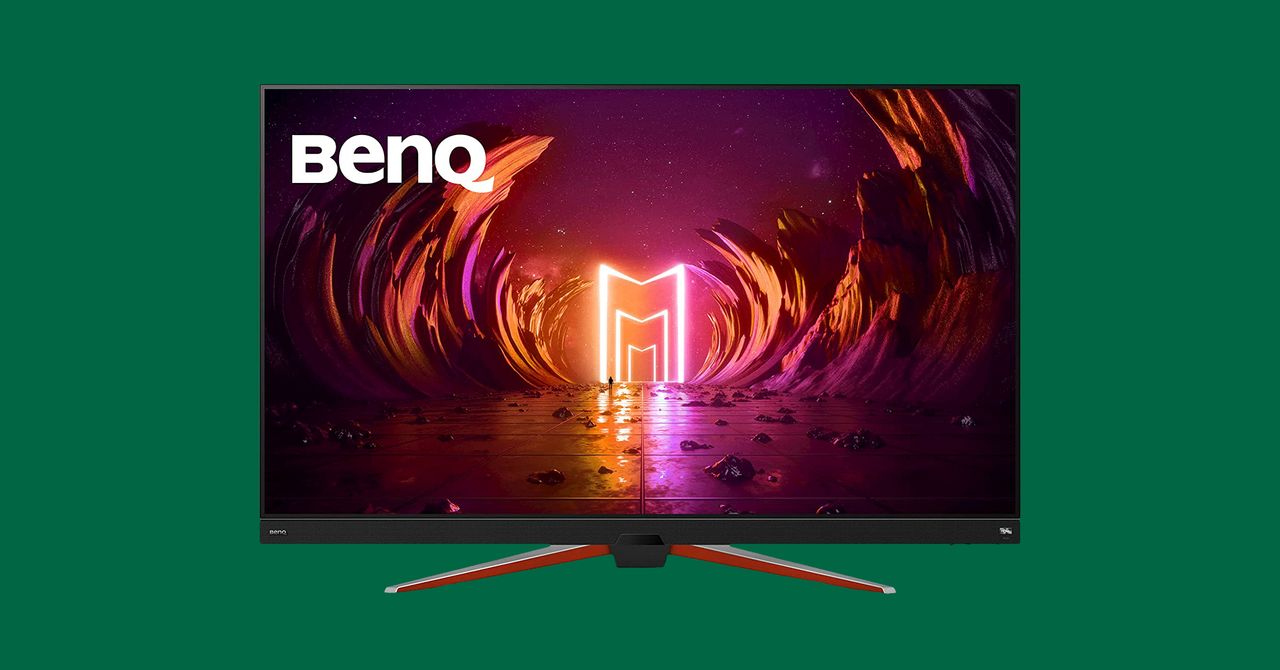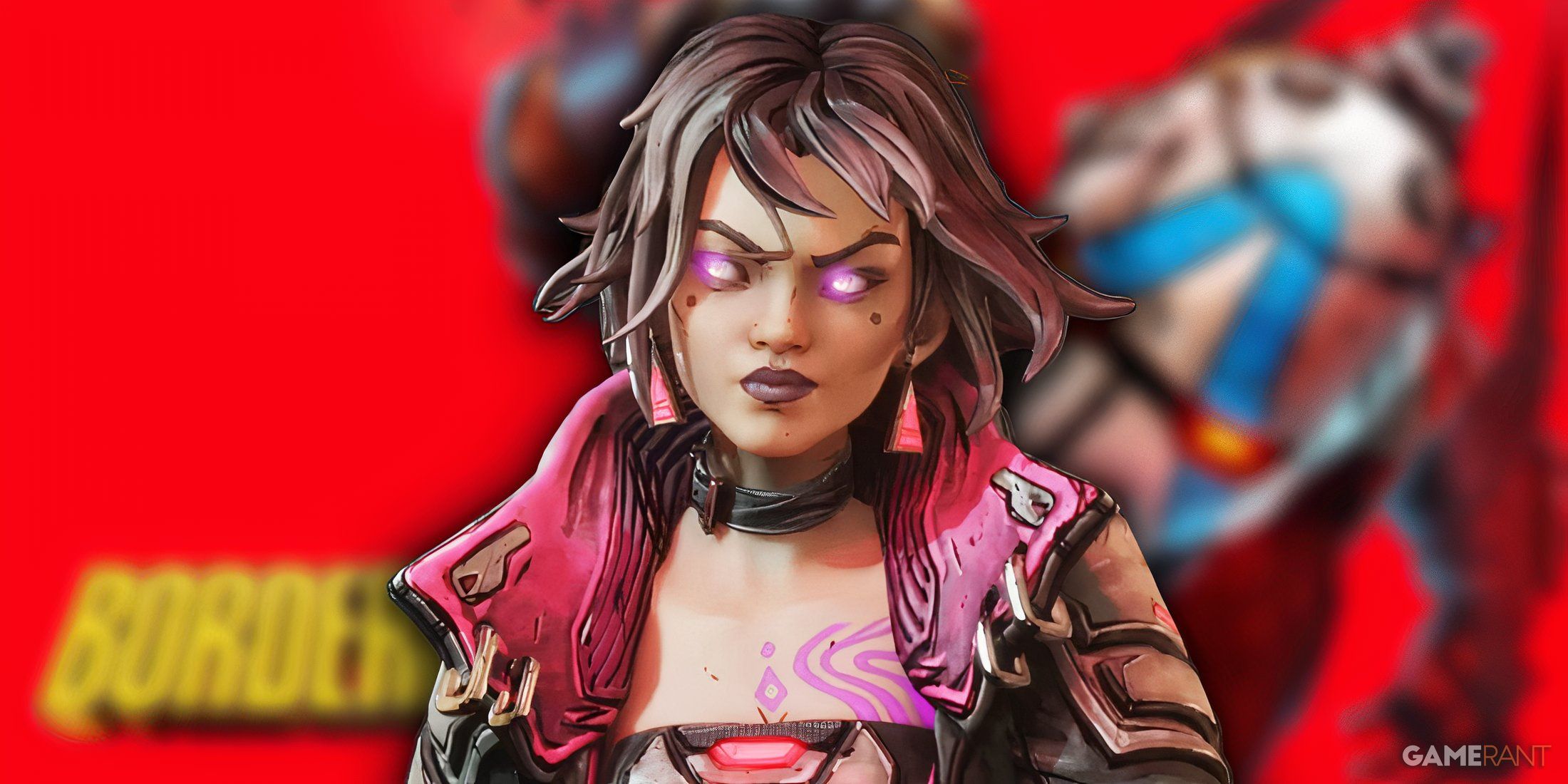
It's not exactly easy for a gaming monitor to stand out. Once you hit a few key specs—at least 1440p, 120 Hz, 0.1-ms response time, and a few others—just about any display will do. Some companies combat this by improving their color reproduction or cranking those specs even higher. Then there’s BenQ, which decided to make this ludicrously large 48-inch model I’ve spent a few weeks testing.
As a display, the BenQ Mobiuz OLED gaming monitor—specifically model EX480UZ—is impressive. On a spec sheet, it ticks all the boxes you’d want while playing games. It has a 4K OLED panel, a 120-Hz refresh rate (we’d like to see 144-Hz, but it’s not bad), and even HDR support.
The only problem is that it’s huge. Average computer monitors are often in the 22- to 24-inch range. This one is 48 inches. That isn’t just twice as big as a typical monitor. Due to how math works, doubling the diagonal dimension means quadrupling the area. So if you’re reading this article on a 24-inch monitor, imagine three more of them stitched together. All sitting on your desk.
It’s a lot to take in.
(Giant) Picture QualityBefore we fixate on this behemoth’s size, let’s talk about how it performs. In general, gaming monitors often forego some features that you might come to expect from, say, a television. High dynamic range (HDR), a color-enhancing feature that’s present on this BenQ display, is sometimes absent from gaming monitors. But it is one of the best upgrades you can make to get better picture quality, so it’s nice seeing it here.
BenQ’s implementation is also particularly good. Unlike most LED monitors, which rely on an LED backlighting system to illuminate the screen above, OLED displays are a single layer of pixel-sized organic LEDs capable of only lighting up the pixels an image needs. This means much deeper black levels. Where a standard monitor still looks a bit gray when showing a black screen, an OLED is utterly dark; the pixels are actually black. This better contrast between light and dark already improves the picture on non-HDR games, but when I played games that supported HDR, the image was about as crisp as it could get.
The monitor also supports AMD FreeSync, which helps an AMD graphics card sync up to the screen for no dropped frames up to 120 Hz, which is extremely welcome—if expected at this point, given that this feature is in most TVs and monitors—when I play Overwatch. Any game that has fast-paced action is going to benefit from a super-high frame rate.













